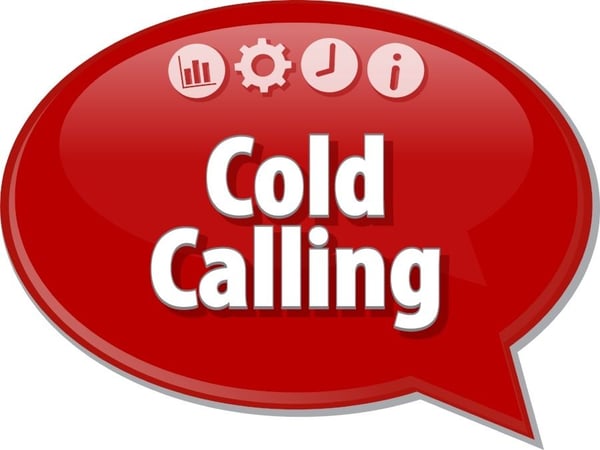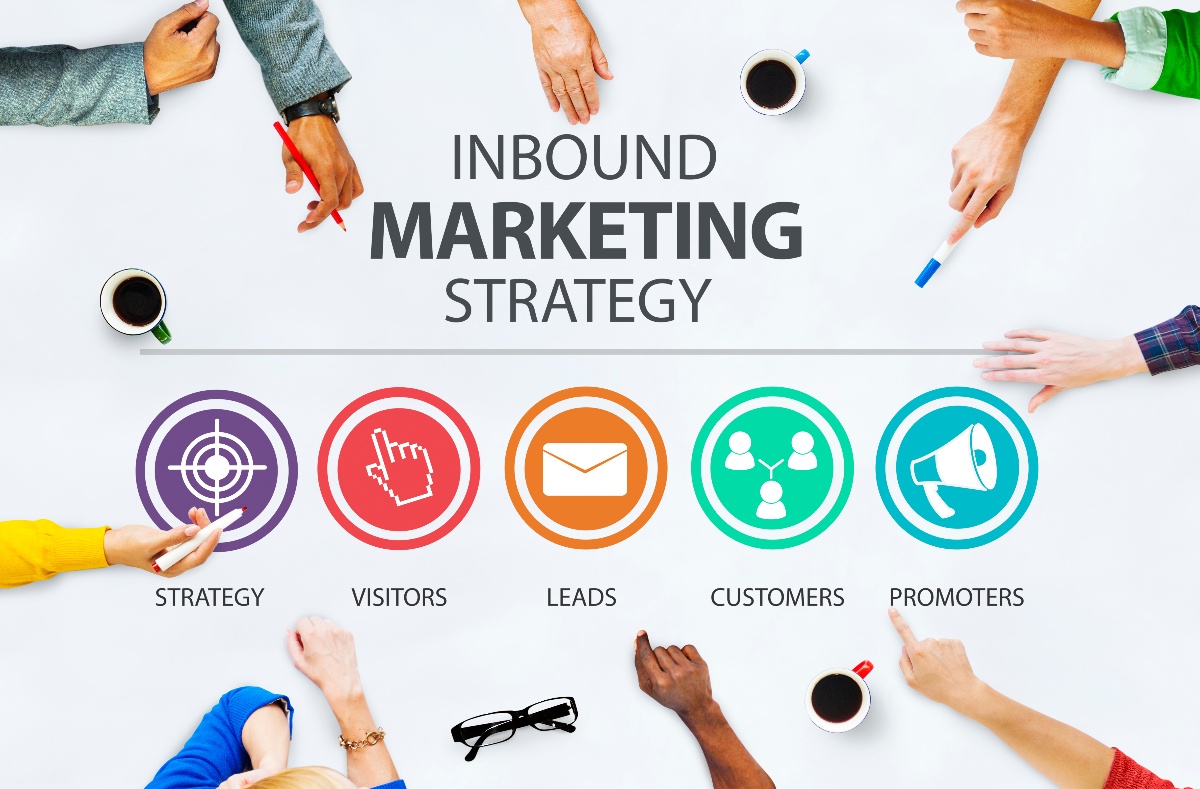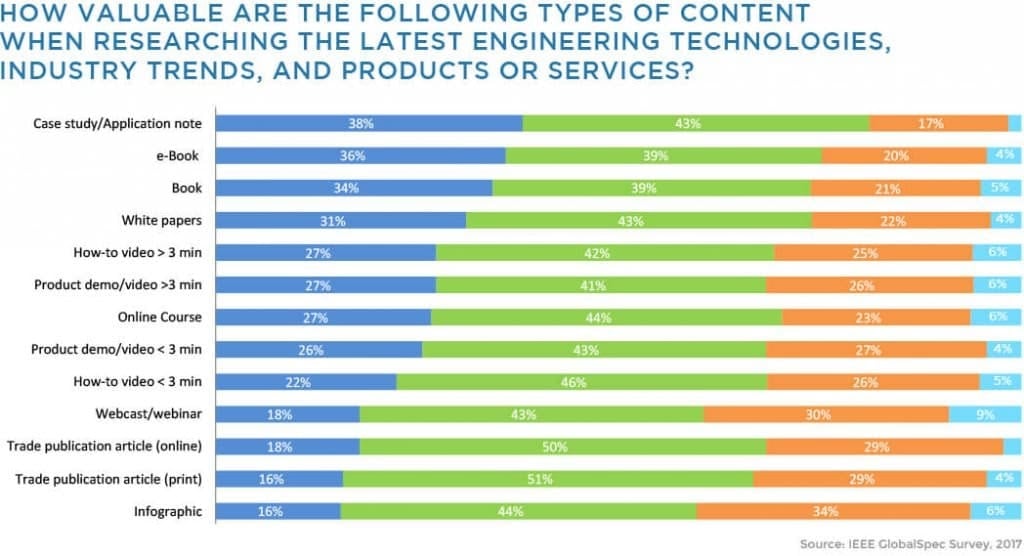
Cold calling has been a popular sales tactic since telephone use first became widespread. Today everyone carries their phone with them 24/7, and it provides the most direct channel for communicating with your ideal prospects and clients. 92% of all customer interactions happen over the phone.
According to a recent survey, 55% of high-growth companies (companies that experienced 40% or higher growth over the course of a 3 year period) used cold calling as a primary tactic used in facilitating that growth.
However, many still find cold calling to be off-putting. They may view their cold calls as the same kind of dinner-interrupting calls they receive from robocalls.
The practice has gotten somewhat of a bad name in recent years, but that stigma doesn’t apply to B2B selling in the way it does to B2C.
For B2B salespeople, cold calling is a vital tactic that can help you to reliably grow your business while developing new relationships with your ideal clients.
In this article, I’ll dive into some common sense tips that you can use to improve your cold calling game and reliably secure new customers.
While all cold calling will always have a low conversion rate, following these simple best practices can help you close more deals and develop better relationships with your prospects as you begin your interaction with them.
Questions are a Salesman's Best Friend
In cold sales conversions, there is nothing more useful than your ability to ask solid, relevant questions that invite your prospects to speak about their business, biggest problems, and needs as an organization.
Asking questions not only helps you to learn more about their business so that you can better position your product as a solution to their biggest problems, but it improves your relationship with the prospect by conveying a genuine interest in their business and needs.
Any cold call should lean heavily on questions and facilitating an organic conversation about the lead's business.
You want to get the prospect talking about their business openly, discussing intricate details that affect their everyday operations that are relevant to your product.
Every question that you can ask is an opportunity to learn more about your prospect. Even if you aren’t able to close the sale on your first call (which is highly unlikely) it gives you the opportunity to collect more data to use in later conversations.
Begin every sales call with a series of scripted questions and use those questions to segway into more personalized questions based on their answers to your questions.
Scripts are Helpful, but Shouldn’t be Rigid
Scripts are an excellent tool in any salesman’s belt. In recent years, there seems to be this trend toward more free-form types of sales conversations. The idea behind it is that they are more natural and prospects tend to respond better to this type of interaction.
While there is some truth to that, those benefits alone don’t mean that salespeople should abandon something as integral to their success as a sales script. Your sales script isn’t meant to facilitate a line-for-line reading. You don’t want to sound rigid.
Instead, think of it more as an outline than a rigid set of statements that need to be made. You don’t want to lean too heavily on your sales script, but you do want something there to guide you and keep you on track.
Additionally, a sales script gives you a basis for improvement. As you learn more about your prospect, you can tweak your sales script and measure your success.
Without a script, you are really going into making optimizations and improvements blindly, which won’t allow you to reliably track progress and make improvements to your strategy.
Sales Shouldn’t Be Expected on the First Call
Never go into any cold call expecting a sale, even when the conversation goes really well and goes on for a long time.
Cold calls generally aren’t going to convert during your first conversation. It will take several calls and conversations to bring your prospect through the sales process and get them to sign on the dotted line.
When you put your expectations and hopes into a sale, the prospect can feel that pressure over the phone. It can turn them away from your offering and make them feel like they have been bombarded by someone that they don’t know.
By adjusting your expectations, you provide a better experience on the first call that probably wouldn’t result in a conversion anyway.
Your first call is all about setting the foundation and building a rapport with your sales leads that will put you in a position to close the sale at a later date.
Know Your Prospect Before the Call
This ties in directly with asking questions. The more that you know about your prospect before going into the call, the better the questions that you will be able to ask.
Research is so essential to establish a connection with your prospects. Knowing not only the basics like demographic information but information about their personal likes and needs can help you to find common ground outside of the sales chatter that you have on your first call.
Avoid Burnout
Because the conversion rate of cold calling is so low, it’s super important that you make a good number of calls per day to gain traction. Conventional sales wisdom tells you that the more conversations you can have, the better. But this is not always the case.
When you make 50 or more calls per day, you can easily burn out. When you reach that point, each conversation that you have becomes increasingly difficult and conversion rates plummet.
Additionally, pushing your sales reps too hard can result in high turnover rates. A De Paul University study found that SaaS companies had a 28% turnover rate in their sales team.
Set a reasonable goal for a number of calls per day and focus on making each of those calls as efficiently as possible. Even better, you could set a goal for a number of sales conversations — or calls that last more than a minute or two before hitting rejection.
B2B Lead Generation for Growth
Cold calling is perfect for B2B companies that are wanting to grow their leads. The practice doesn’t have nearly the same stigma that it does in B2C iterations.
However, there are a few best practices that all companies should follow to ensure that they are facilitating the best possible results and making the best possible connection with prospects that you engage in sales conversations.













